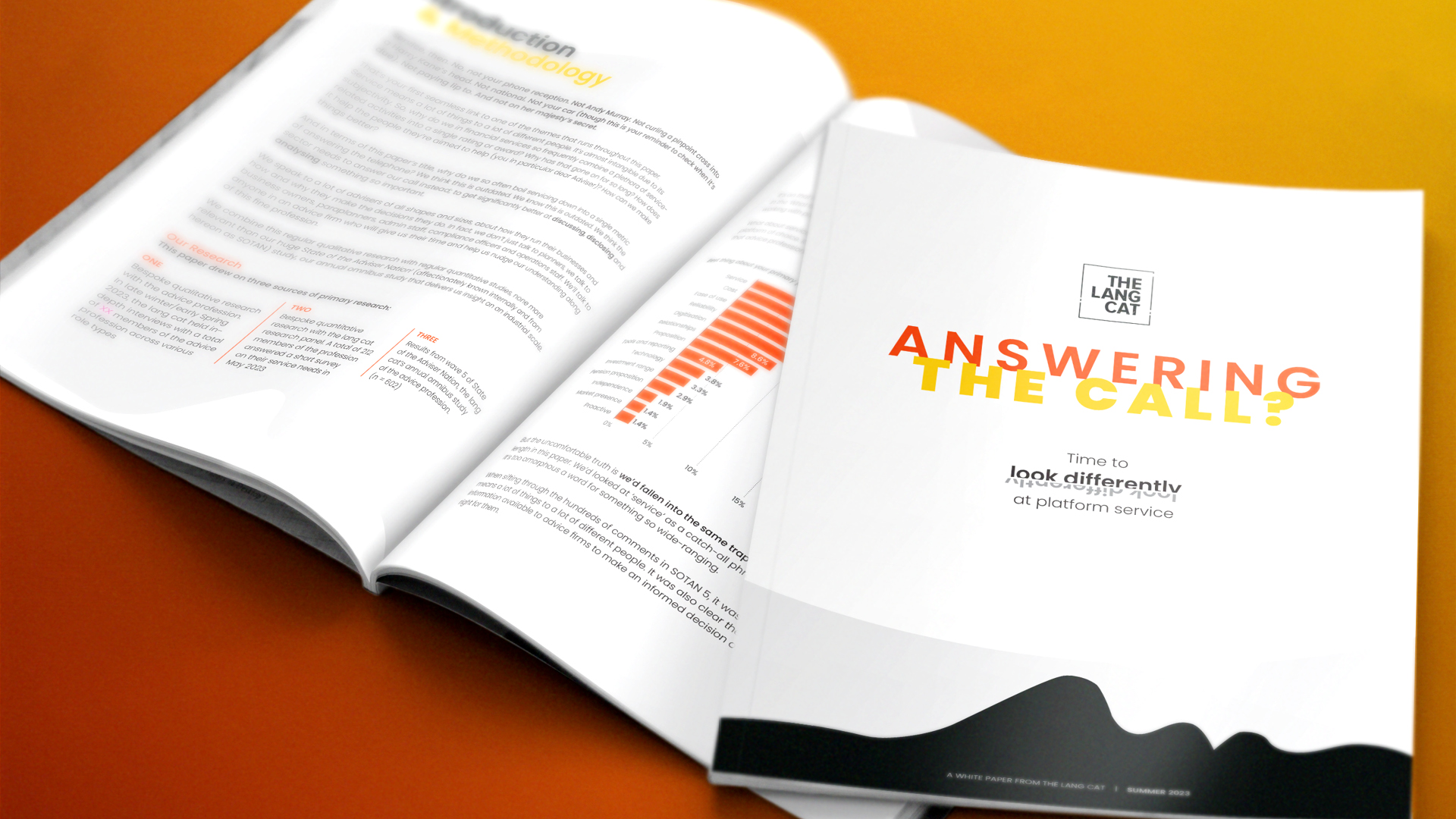That’s been quite a day. Reaction to HL’s announcement has been pretty mixed – more than I thought it would have been. Hater of the day prize goes to Dan Hyde in the super soaraway Torygraph with this piece – “Why investors should leave Hargreaves Lansdown“. Others were a bit more measured, and for once reactions from within the industry were more favourable than from the consumer press and the public.
It might be that the D2C platforms are just now going on the journey that their advised platform cousins went on some time ago. Fellow feeling, that sort of thing. Or maybe not. Whatever.
The markets certainly haven’t been too kind – HL closed down 62p or 4.11% on today’s announcement, which won’t have Peter quaking in his boots or anything, but must still be unwelcome.
I’m still of the opinion that HL did well today. Some opponents have been having a pop on the basis of the structure being complex, but I don’t think it’s too bad, especially for ‘vanilla’ mutual fund investors. Nonetheless, I’ve been doing some digging since the press conference at 11am today, and here are some of the less shiny things I’ve found. How important these are is up to you, really.
- Per account charging – this is probably the worst bit. The point of platforms is that they allow you to manage your wealth holistically, which clever people tell me means ‘all at once’. Most wrap platforms charge in that way, so if you have £100k in an ISA and £100k in a SIPP, then you’re counted as having £200k by the platform, and if that gets you a discount then well done you. HL doesn’t do that. Discounts are by wrapper, so if you want the discount for pots over £250k, you can’t have, say, £200k in a SIPP and £100k in an ISA. You need to have over £250k in your SIPP and over £250k in your ISA to get the discount in each. Round my way we call that chiselling, and it’s the least attractive feature of the new structure. Really, when you look at this and at the tables, HL is no longer a viable option (on cost grounds) for more affluent investors. But given that 93% of clients have less than £250k on Vantage (HL’s own figures from today) then perhaps the chaps don’t mind all that much. Rival platforms are already reporting to me an uptick in enquiries from investors with over £200k balances – these cats know which end is up and won’t hang around if the milk is sour.
- Investment trusts – get a bit of a doing. They were sort of an anomaly in terms of not attracting a custody charge before, but now they get fully spammed with the 0.45% charge. Interestingly, this doesn’t tier, although it is capped. Why the difference? I don’t know how many IT investors HL has, but judging by the comments stream on the FT and the Telegraph today, the ones they do are a) vocal and b) unhappy. HL is probably not the place now to hold your ITs.
- Rebated commissions – a wee wrinkle. HL will start passing fund rebates back to customers (in additional units, good luck working that out). Cue much trumpeting about ‘loyalty bonuses’ of up to 0.75% coming back. A couple of things here. First, it’s regulation, not loyalty. Second, HL could move clients in bulk to clean share classes (unbundled in their parlance) like ATS, AXA and others have done. They’re not doing that, which might be the right decision in some cases – this is a major issue over on the advised side. But what isn’t so clear is that where the rebated commission coming into HL is over 0.75%, HL will keep the element that’s over 0.75%. So if it gets 0.9% rebate, it will keep 0.15%. It can do that legally until 2016. I find this pretty unattractive, to be honest, and if I were a customer in a full-fat share class I’d be switching over to clean classes on general principle. I would be interested to see if there is a strong correlation between those funds which are continuing to provide HL with this revenue stream and membership of the Wealth 150 or W150+ best friends’ club. We’ll find out on 1 March.
- Composition of the Wealth 150+ – HL isn’t giving much away just now, other than that there will be 27 funds in the super-discounted VIP room. But the funds Mark Dampier did mention (Artemis Strategic Assets, Invesco Perpetual Tactical Bond, L&G UK 100 Index and Marlborough Multi-Cap Income) probably aren’t top of anyone’s list. The index fund is not the one you might think it is – find its factsheet here. Try not to look at the tracking error over longer periods. It’s HL’s shout, but given how important the best friends’ club is to its story, it could do with getting more detail out there before the cynics rip it apart in the minds of the investing public.
- New charges – there are a few, most of which aren’t all that awful to be honest. £25 for transferring out in cash is a pain, not the end of the world. But the charges for re-registering out per line of stock are iniquitous and should be cut. These charges, especially for smaller investors, which HL is at pains to point out represent most of its base, are disproportionate, and if HL is using the latest technology for re-reg (and it should be) then it could cut them. Platforms should be hotels, not prisons, and if you want to leave then the ceding platform should exercise restraint.
- Passive funds – if you were paying £2pm for, say, a Vanguard LifeStrategy passive multi-asset fund, your costs will go up dramatically. If you had, say, £30k of your ISA balance in this, you’d see a rise from £24pa up to £135pa for holding it. That’s an increase of, like, 500% or something. Which is what we financial technical people call ‘a lot’. Just one of those things, but hard to swallow for some investors.
So those are some neggy bits. Most of this morning’s post was positive, so this is just balance. There were a couple of other interesting bits, though.
HL makes no distinction between offline and online dealing, which most others do. It put up comparisons against AJ Bell and ATS in its press pack (although it only called them Company A and Company B) and on this basis it did look sharp. By its own figures, 45% of investments made last year were done offline, so this channel-neutral pricing is good. Not everyone hearts the smartphone app.
The £20 charge for offline semi-annual statements is less cool, but, well, trees and stuff, I guess.
A few other stats – HL’s operating costs are 24bps or 0.24%. Good to see them being open on that. 80% of customers will be the same or better off under the new structure (which means that 100k of their 500k customers will be worse off). The average customer deals 7 times a year (not 10 as we assumed in the blog). And HL takes 28% of the direct platform market.
OK, that’s it for today. Hopefully this has been of some use, and balanced. We expect lots more announcements over the next couple of weeks, and we’ll keep on top of them as they happen.
Peace out
the lang cat




